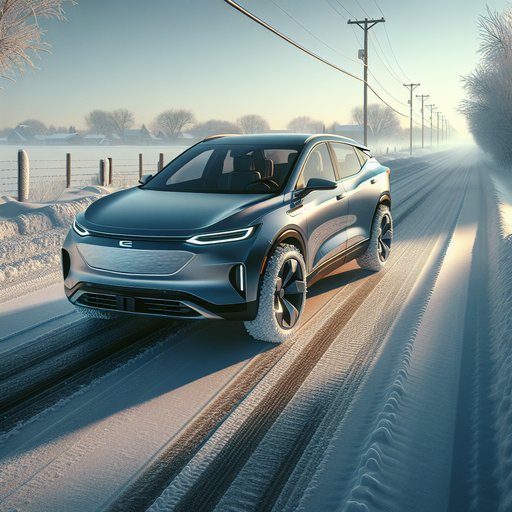
We spent a week with a 2024 Tesla Model Y Long Range during a Midwest cold snap, evaluating snow traction on plowed and unplowed roads, cabin heating and defrost performance, and how the car behaves when temperatures dip below zero. Our car rode on 19-inch wheels; we tested both the stock all-season tires and a set of dedicated winter tires to see how much rubber alone changes the equation.
Test vehicle: dual-motor AWD Model Y Long Range (EPA-rated 310–330 miles depending on wheels), heat pump HVAC, and approximately mid-70 kWh usable battery capacity. Ground clearance measured at 6.6 inches. Over seven days, temperatures ranged from 20°F down to -6°F, with 6–8 inches of fresh snowfall and wind-packed drifts. We ran a 42-mile mixed loop (urban, two-lane, and a 12% grade neighborhood hill) plus a controlled snow lot for repeatability.
On stock all-seasons, traction off the line on packed snow is adequate but traction control intervenes early and often. With winter tires, the system can meter torque more smoothly, allowing cleaner launches and less ABS chatter under braking. From 0–30 mph on packed snow, we recorded 7.3 seconds on all-seasons and 5.9 seconds on winters. Braking from 25 mph to 0 on packed snow measured 88 feet on all-seasons versus 64 feet on winters.
It climbed the 12% grade starting from a stop on winters consistently; on all-seasons it needed a short run-up. Unplowed depth tolerance is about 6–7 inches—beyond that, the front valance starts to plow and progress slows. Steering remains light and accurate, and the dual-motor AWD shuffles torque quickly, but stability control is conservative in deep snow. Regen is limited when the battery is cold, so initial deceleration feels more like a conventional coasting ICE car until the pack warms; plan on more brake pedal in the first 10–20 minutes.
The “Slip Start” setting helps free the car when stuck, though momentum and winter tires are still your best tools. Cabin heat is a strong point. From 10°F, remote preconditioning brought the cabin from 20°F to 70°F in 6 minutes and cleared the windshield in about 4 minutes. While driving at 15°F with the climate set to 70°F and seat heaters on level 2, energy consumption averaged 360–400 Wh/mi (versus ~280–300 Wh/mi in mild weather).
Effective highway range at 65 mph landed between 210 and 240 miles. The heat pump is quiet; fan noise rises only at max defrost. Rear-seat heat distribution is adequate, and the heated steering wheel helps reduce HVAC demand. Cold-weather reliability was solid.
No start issues, and the car woke promptly after overnight sits at -5°F. Expect limited regen for the first 5–15 miles until the battery warms. Frameless windows and flush handles can freeze after freezing rain—preheat helps, but we still needed a gentle door-seal break once. DC fast charging improved markedly with proper preconditioning: 10–80% in 33 minutes at a 250 kW station (170 kW peak) versus 50+ minutes when arriving cold (initial ~70 kW).
Level 2 at 32A delivered a steady 7.7 kW, with some overhead for battery heating. Overall, the Model Y is a confidence-inspiring winter daily with caveats. Fit proper winter tires—traction, braking, and hill starts improve dramatically. Use scheduled departure and preconditioning to reclaim regen, speed charging, and prevent frozen seals.
Respect its 6.6-inch clearance in deep snow, and budget a 25–35% winter range hit on highway trips. Follow those steps, and it’s a dependable cold-weather companion with excellent heat and predictable manners.












